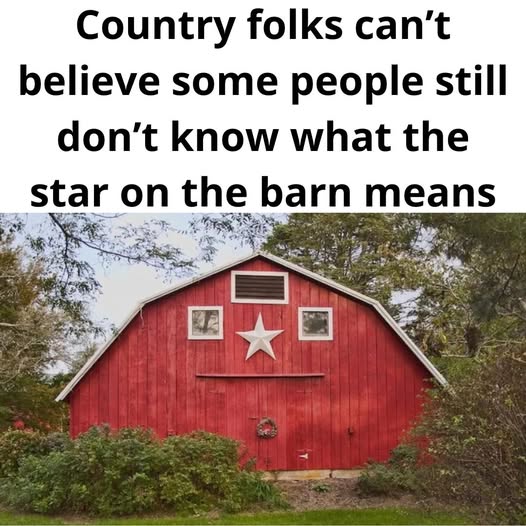If you’ve ever driven past an old barn or farmhouse, you may have noticed a large, five-pointed star above the door or in the gable.
Faded by years of sun, these stars remain a familiar sight across rural areas, especially in the Eastern United States.

But are they purely decorative, or do they carry deeper meaning?
Barn stars, also known as Amish stars, hex signs, or barn quilts, have been used for generations.
While designs and names vary by region, their general purpose has historically been the same: luck, protection, and identity.
In the 18th and 19th centuries, Pennsylvania Dutch farmers—German settlers—believed that placing a star on a barn could protect property, animals, and crops.

